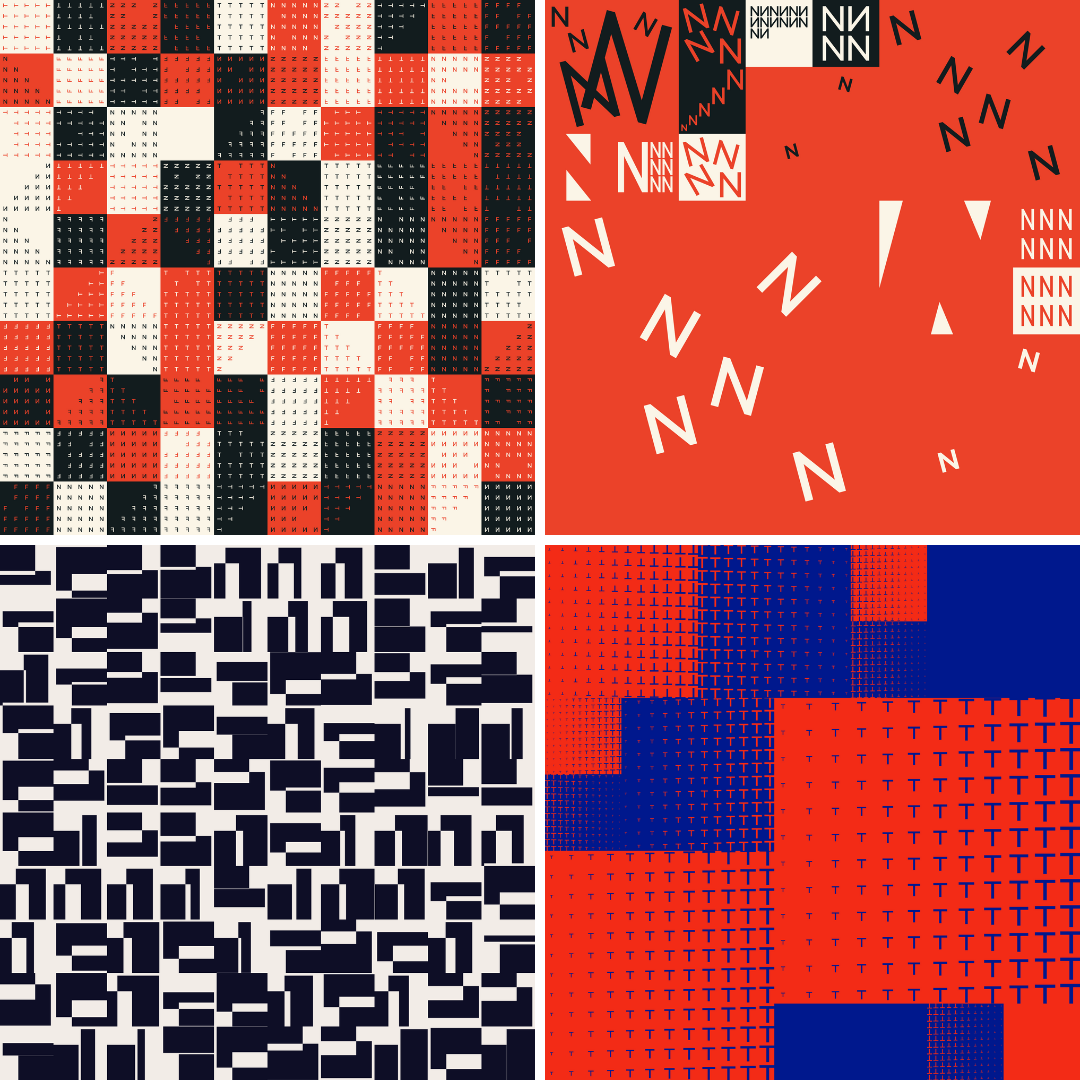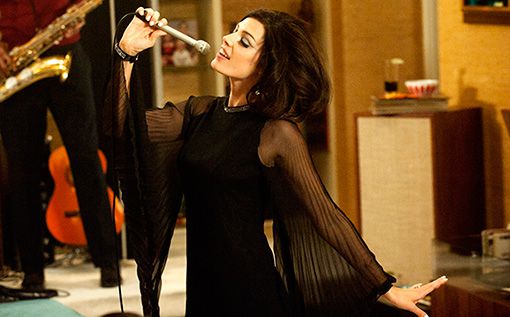|
Watching Niche Art Become Trad Art
What constitutes mainstream art is changing before our eyes.
There are several ways to answer the question, “What makes art valuable?” but the simplest is probably demand. The value of a particular work of art largely depends not on its beauty or its cultural relevance or the skill of its creator but on what people are willing to pay for it. Artists underappreciated or even ridiculed in their lifetimes are considered geniuses today in part because of the power advisors, collectors and others who treat art as an asset class have to literally define what constitutes mainstream art.

It wasn’t that long ago that generative art, NFTs and other digital works were regarded as so fundamentally different from traditional art as to be of minimal value—at least when held up against the work of, say, Jeff Koons, Peter Doig, Gerhard Richter, Jasper Johns or David Hockney. Which isn’t to say that artists haven’t been doing fantastic things with computers since the very advent of the computer. It’s just that most of those artists weren’t anywhere close to being household names until relatively recently.
What changed? Demand.
NFTs made up some 16% of the global art market by value in 2021. Collectors bought $1.3 billion worth of NFTs on generative art platform Art Blocks and spent more than $250 million on crypto art at the major auction houses. Sotheby’s was the first to create an NFT marketplace with the launch of Sotheby’s Metaverse in October of 2021. The market for art-related NFTs dipped in 2022, but that didn’t stop Christie’s from launching Christie’s 3.0, a platform that sells NFTs on Ethereum’s blockchain. Sotheby’s went on to launch a curated secondary-sale NFT marketplace in 2023, when the market for art NFTs dipped again while the market for works by generative artists heated up.
“Generative art,” according to professor, curator and artist Philip Galanter, “refers to any art practice where the artist creates a process, such as a set of natural language rules, a computer program, a machine, or other procedural invention, which is then set into motion with some degree of autonomy contributing to or resulting in a completed work of art.” As definitions of generative art go, Galanter’s is broader than most, which is a good thing considering so many computational and technological techniques fall into this surprisingly well-established genre at art.
The generative art pioneer Vera Molnar began experimenting with computer-based creativity in the 1960s and recently brought in 631 ETH ($1.2 Million) in a sellout Dutch auction hosted by Sotheby’s Gen Art Program. Buyers snapped up the 500 pieces, minted upon purchase, in the Themes and Variations sale in less than an hour. Other early generative artists include Michael Noll, Béla Julesz and Frieder Nake. The first curated exhibition of generative art, which featured works by Georg Nees, was hosted in 1965. Point being, Tyler Hobbs, Dmitri Cherniak and their ilk make headlines not because they’re doing anything wildly new but because they’re making money.

One edition of Hobbs’ 2021 Fidenza series was purchased for $3.3 million (in ETH) in August of 2021, while another sold for $1 million at Sotheby’s in May of 2023. Cherniak’s Ringers #879, from his 1,000-piece Ringers series, sold for $6.2 million in June. Refik Anadol’s Living Architecture: Casa Batlló sold for $1.4 million last year.
But what’s more interesting than the success of digital works in standalone generative art and NFT auctions—like the recent liquidations of the now-bankrupt crypto hedge fund Three Arrows Capital’s collection or Christie’s Gucci collab—is their inclusion in mainstream sales. Sotheby’s July Contemporary Discoveries auction featured works by Hobbs, Cherniak, Seerlight and Larva Labs alongside pieces by Warhol, Willem de Kooning, Cecily Brown and Roy Lichtenstein.
Even though some of the highest estimates were works by big mainstream names, it was the generative artists whose works sold for well over their projections. A Fidenza with an estimate of $80,000 sold for $279,400. CryptoPunk #4153 had a high estimate of $70,000 but sold for $254,000. None of the trad art lots in the auction did anywhere near as well.
It’s fun to theorize about why, but the answer could be that we’re seeing the emergence of a younger base of cash-confident collectors comfortable with art that lives on-chain, with or without an accompanying ‘physical,’ and eager to be a part of where art is headed. Or perhaps not so young. LVMH’s Bernard Arnault has a not-so-secret NFT collection, after all. And more museums and major cultural institutions are acquiring NFTs, generative pieces, crypto art and other digital works.

The Center Pompidou in Paris has added NFTs created by Claude Closky, Fred Forest, John Gerrard, Agnieszka Kurant, Jonas Lund and others to its collection. Los Angeles County Museum of Art has a collection of digital works by artists like Pindar Van Arman, Claire Silver, Justin Aversano, Cai Guo-Qiang, Neil Strauss, Monica Rizzolli and Adam Swaab—most of which were donated by the mysterious Cozomo de’ Medici. And Miami’s Institute of Contemporary Art owns CryptoPunk 5293. When asked about the art NFT market taking a dive in 2022, Alex Gartenfeld, ICA Miami’s artistic director, told the New York Times that museums shouldn’t be concerned with the value of a piece and “the groupthink is fairly irrelevant to the work that we’re doing.”
Yet those acquisitions are certainly contributing to the market for new forms of digital art reaching the critical mass of demand that turns the niche into the mainstream. This is nothing new the art world, of course. What is new is that it’s happening so quickly and so visibly because the shift is very much tied to the emergence of new technologies (A.I., Blockchain, crypto) that have widespread applications.
On-chain art without accompanying physicals may yet prove to be a flash in the pan, but next-gen digital art is here to stay. Museums are acquiring it. Collectors are collecting it. And the rest of us are admiring it, which is how the vast majority of us consume art anyway. But unlike trying to uncover the painterly nuance in a Vermeer or hidden symbols in Renaissance paintings through a screen, NFTs and many generative works were designed to be consumed and sold digitally—something that seems to appeal to many potential collectors.
“Digital art is one of the most accessible art forms of any art form that exists because it can live in so many places in our lives,” said Madeleine Pierpont, MoMA’s Web3 Associate, at the Christie’s 2023 Art+Tech Summit “A.I., Digital Assets and the Future of Museums and Galleries” session.
For now, they even live in our minds. You’d be hard pressed to find anyone who hasn’t heard of NFTs, even if they’re not entirely sure what they are. Critical mass approaches and, thanks to the 24-hour news cycle, we are watching nich art become traditional art in real time.





